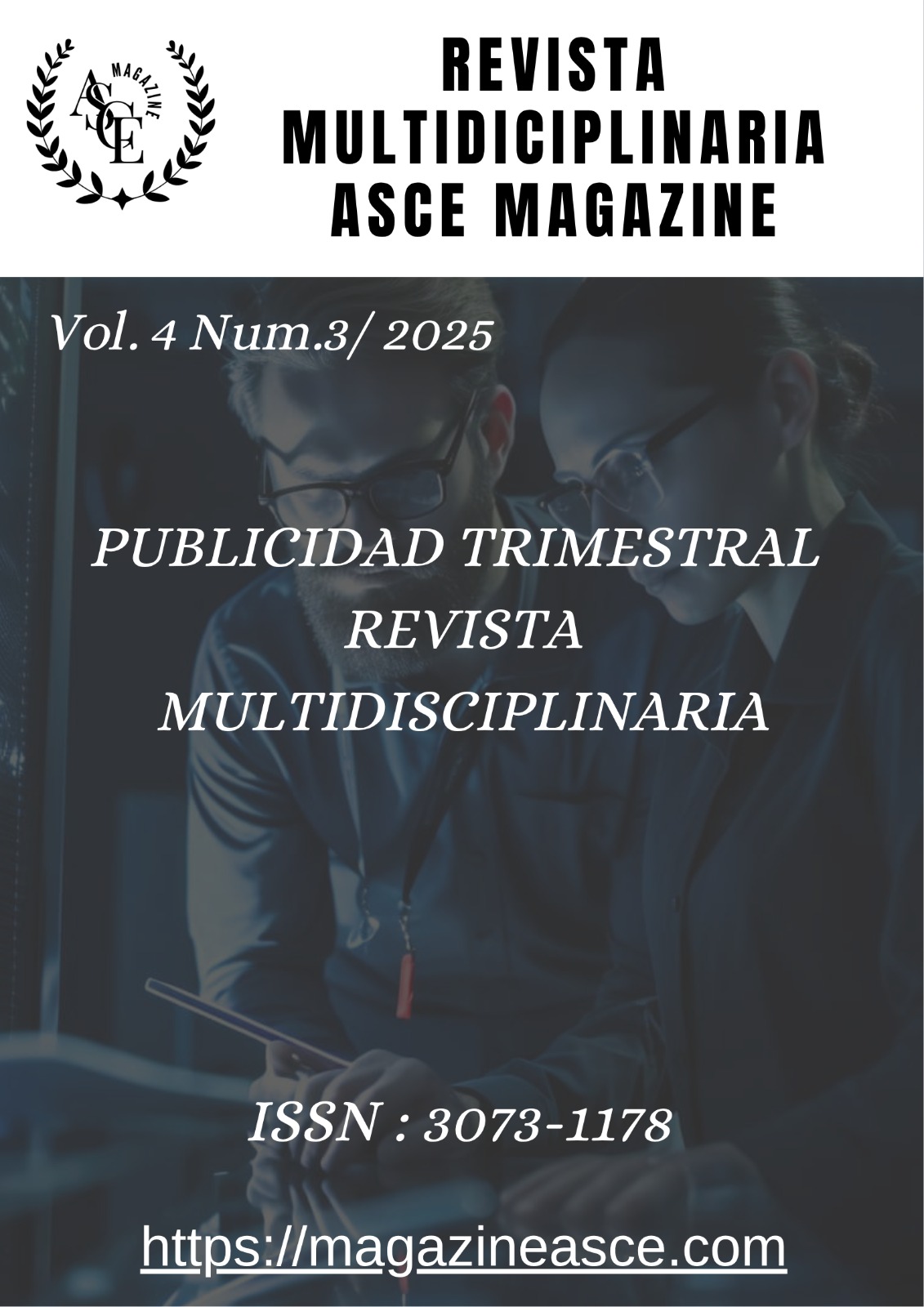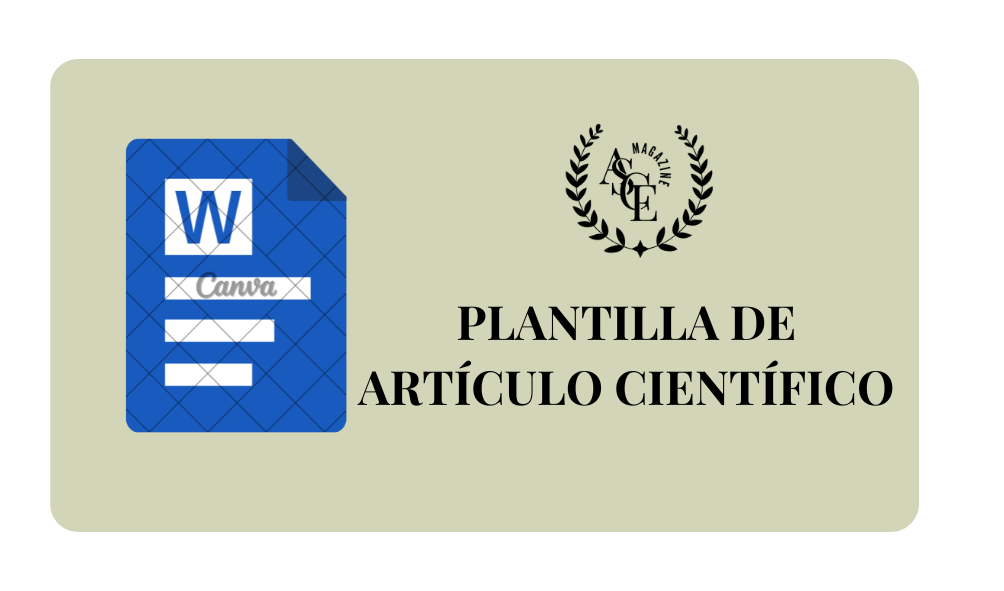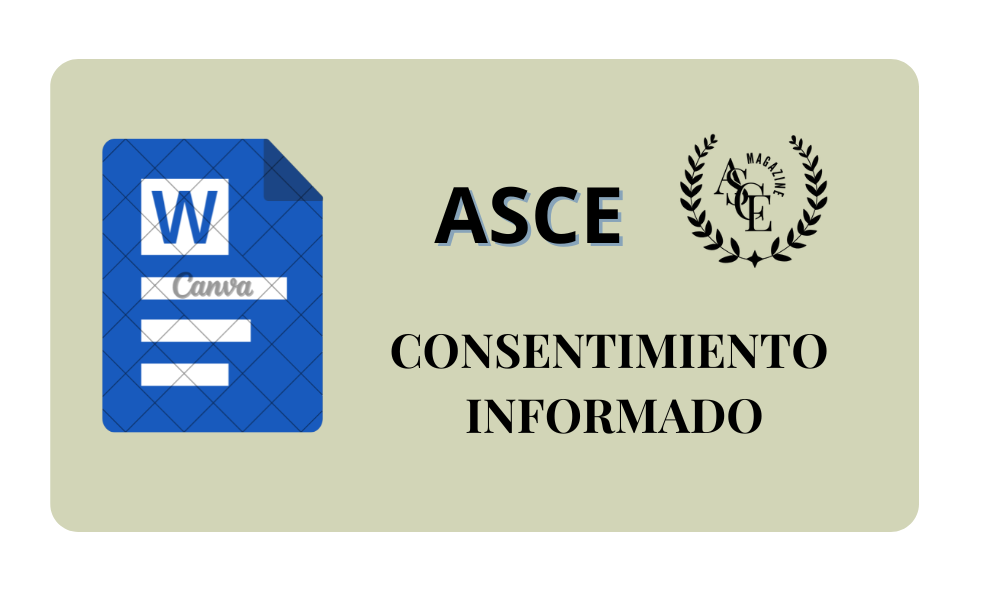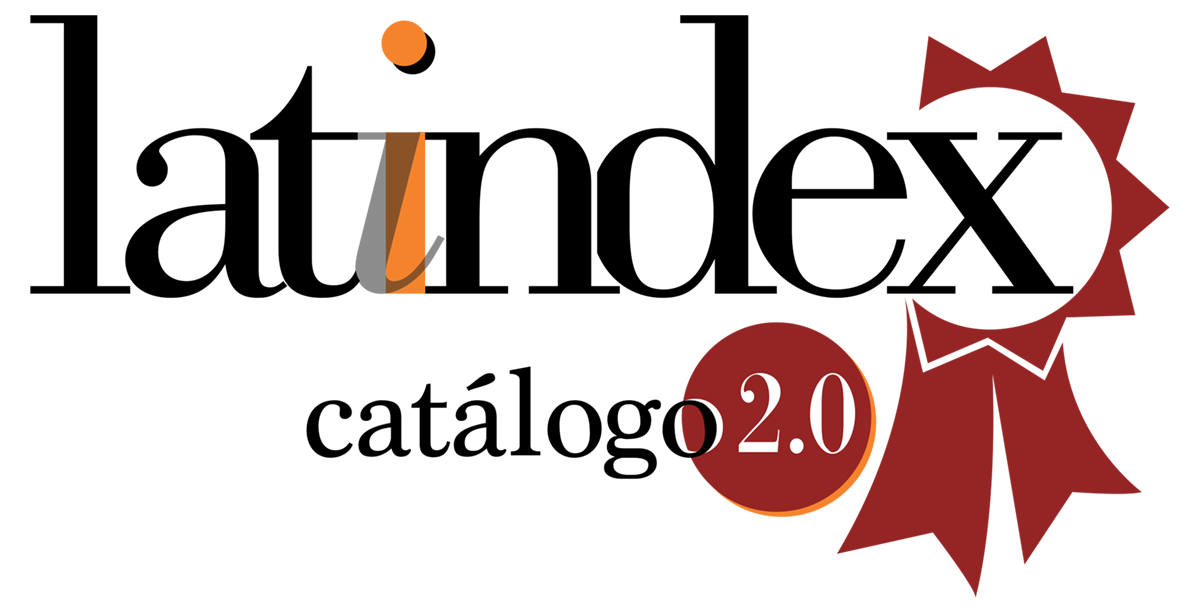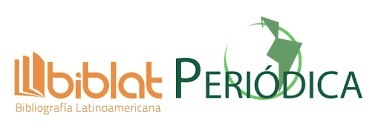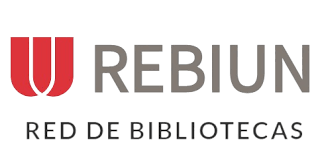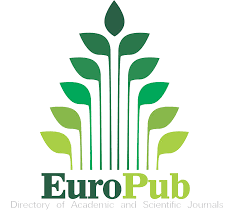Inmersión y Aprendizaje: El Uso de la Realidad Virtual para la Visualización de Procesos Celulares Complejos
DOI:
https://doi.org/10.70577/ASCE/1966.1986/2025Palabras clave:
Realidad Virtual, Aprendizaje Inmersivo, Procesos Celulares, Educación En Ciencias, Visualización Tridimensional, Motivación Estudiantil, Enseñanza Universitaria, Innovación Pedagógica.Resumen
Este trabajo indaga sobre el efecto de la realidad virtual (RV) en la instrucción de mecanismos celulares complejos, dirigiendo particular atención a la consolidación de la comprensión conceptual y a la pervivencia del conocimiento en el tiempo. Se adoptó un diseño cuasi-experimental de enfoque mixto, con grupo de control que recibe la instrucción tradicional y grupo experimental que se entrena mediante simulaciones inmersivas en RV, reclutando para ello una población de 120 estudiantes universitarios de biología. La aplicación de la intervención consistió en sesiones de enseñanza mediada por escenarios interactivos representados en tres dimensiones, los cuales simularon organismos celulares a través de procesos como mitosis, síntesis proteica y transporte activo.
Los datos acumulados sugieren que las cohortes sometidas a la intervención inmersiva alcanzaron incrementos estadísticamente relevantes en las evaluaciones post-instrucción (p < 0.01), a la vez que manifestaron incrementos en las dimensiones de motivación, engagement y en la autoevaluación de la comprensión espacial. Complementariamente, el discurso emergente de las entrevistas y el análisis de los diarios reflexivos apuntan a la hiper-inmersión como mediador de la creación de representaciones mentales de elevada resolución, lo que, a su vez, incrementa el potencial de la enseñanza. Por otro lado, el desempeño cognitivo de grupos con estilos visual y cinestésico, severamente beneficiados, amplía el ámbito de pertinencia de la innovación propuesta. La pertinencia de la investigación se deriva de la aportación innovadora en el plano pedagógico de la incorporación sistemática de realidad virtual en el aula, lo que materializa un abordaje multisensorial de objetos disciplinares que, por su naturaleza abstracta, resultan opacos en estrategias expositivas tradicionales. En este contexto, las evidencias acumuladas apoyan la adopción de laboratorios inmersivos como instrumentos complementarios de carácter eficaz en la enseñanza de las ciencias biológicas, dicho apoyo acoge a varias dimensiones que afectan al diseño curricular y a la promoción de competencias digitales en el ámbito de formación de profesionales.
Descargas
Citas
Aguilar Tinoco, R. J., Carvallo Lobato, M. F., Román Camacho, D. E., Liberio Anzules, A. M., Hernández Centeno, J. A., Duran Fajardo, T. B., & Bernal Parraga, A. P. (2024). El Impacto del Diseño Universal para el Aprendizaje (DUA) en la Ense-ñanza de Ciencias Naturales: Un Enfoque Inclusivo y Personalizado. Ciencia Latina Revista Científica Multidisciplinar, 8(5), 2162-2178. https://doi.org/10.37811/cl_rcm.v8i5.13682 DOI: https://doi.org/10.37811/cl_rcm.v8i5.13682
Battipede, E., Rosa-Clot, A., & Russo, M. (2024). Exploring physics through virtual reality: A mixed-method classroom study. arXiv preprint. https://arxiv.org/abs/2412.12941
Bernal Párraga , A. P., Baquez Chávez, A. L., Hidalgo Jaen, N. G., Mera Alay, N. A., & Velásquez Araujo, A. L. (2024). Pensamiento Computacional: Habilidad Primordial para la Nueva Era . Ciencia Latina Revista Científica Multidisciplinar, 8(2), 5177-5195. https://doi.org/10.37811/cl_rcm.v8i2.10937 DOI: https://doi.org/10.37811/cl_rcm.v8i2.10937
Bernal Párraga , A. P., Garcia , M. D. J., Consuelo Sanchez, B., Guaman Santillan, R. Y., Nivela Cedeño, A. N., Cruz Roca, A. B., & Ruiz Medina, J. M. (2024). Integración de la Educación STEM en la Educación General Básica: Es-trategias, Impacto y Desafíos en el Contexto Educativo Actual. Ciencia Latina Revista Científica Multidisciplinar, 8(4), 8927-8949. https://doi.org/10.37811/cl_rcm.v8i4.13037 DOI: https://doi.org/10.37811/cl_rcm.v8i4.13037
Bernal Parraga , A. P., Orozco Maldonado, M. E., Salinas Rivera, I. K., Gaibor Davila, A. E., Gaibor Davila, V. M., Gaibor Davila, R. S., & Garcia Monar, K. R. (2024). Análisis de Recursos Digitales para el Aprendizaje en Línea para el Área de Ciencias Naturales. Ciencia Latina Revista Científica Multidisciplinar, 8(4), 9921-9938. https://doi.org/10.37811/cl_rcm.v8i4.13141 DOI: https://doi.org/10.37811/cl_rcm.v8i4.13141
Bernal Parraga , A. P., Salinas Rivera, I. K., Allauca Melena, M. V., Vargas Solis Gisenia, G. A., Zambrano Lamilla, L. M., Palacios Cedeño, G. E., & Mena Moya, V. M. (2024). Integración de Tecnologías Digitales en la Enseñanza de Lengua y Litera-tura: Impacto en la Comprensión Lectora y la Creatividad en Educación Básica. Ciencia Latina Revista Científica Multidisciplinar, 8(4), 9683-9701. https://doi.org/10.37811/cl_rcm.v8i4.13117 DOI: https://doi.org/10.37811/cl_rcm.v8i4.13117
Bernal Parraga , A. P., Santin Castillo, A. P., Ordoñez Ruiz, I., Tayupanta Rocha, L. M., Reyes Ordoñez, J. P., Guzmán Quiña , M. de los A., & Nieto Lapo, A. P. (2024). La inteligencia artificial como proceso de enseñanza en la asignatura de estudios sociales. Ciencia Latina Revista Científica Multidisciplinar, 8(6), 4011-4030. https://doi.org/10.37811/cl_rcm.v8i6.15141 DOI: https://doi.org/10.37811/cl_rcm.v8i6.15141
Bernal Párraga , A. P., Toapanta Guanoquiza, M. J., Martínez Oviedo, M. Y., Correa Pardo, J. A., Ortiz Rosillo, A., Guerra Altamirano, I. del C., & Molina Ayala, R. E. (2024). Aprendizaje Basado en Role-Playing: Fomentando la Creatividad y el Pensamiento Crítico desde Temprana Edad. Ciencia Latina Revista Científica Multidisciplinar, 8(4), 1437-1461. https://doi.org/10.37811/cl_rcm.v8i4.12389 DOI: https://doi.org/10.37811/cl_rcm.v8i4.12389
Bernal Párraga, A. P., Alcívar Vélez, V. E., Pinargote Carreño, V. G., Pulgarín Feijoo, Y. A., & Medina Garate, C. L. (2025). Pensamiento lógico y resolución de problemas: El uso de estrategias de aprendizaje colaborativo para desarrollar habilidades de razonamiento matemático en contextos cotidianos. Arandu UTIC, 12 (1), 360–378. https://doi.org/10.69639/arandu.v12i1.605 DOI: https://doi.org/10.69639/arandu.v12i1.605
Bernal Parraga, A. P., Ibarvo Arias , J. A., Amaguaña Cotacachi, E. J., Gloria Aracely, C. T., Constante Olmedo, D. F., Valarezo Espinosa, G. H., & Poveda Gómez, J. A. (2025). Innovación Metodológica en la Enseñanza de las Ciencias Naturales: Integración de Realidad Aumentada y Aprendizaje Basado en Proyectos para Potenciar la Comprensión Científica en Educación Básica . Revista Científica De Salud Y Desarrollo Humano , 6(2), 488–513. https://doi.org/10.61368/r.s.d.h.v6i2.613 DOI: https://doi.org/10.61368/r.s.d.h.v6i2.613
Bernal Párraga, A. P., Jaramillo Rodriguez, V. A., Correa Pardo, Y. C., Andrade Aviles, W. A., Cruz Gaibor, W. A., & Constante Olmedo, D. F. (2024). Metodologías Activas Innovadoras de Aprendizaje aplicadas al Medioambiente En Edades Tempranas desde el Área de Ciencias Naturales. Ciencia Latina Revista Científica Multidisciplinar, 8(4), 2892-2916. https://doi.org/10.37811/cl_rcm.v8i4.12536 DOI: https://doi.org/10.37811/cl_rcm.v8i4.12536
Bernal Párraga, A. P., Medina Marino, P. A., Cholango Tenemaza, E. G., Zamora Franco, A. F., Zamora Franco, C. G., & López Sánchez, I. Y. (2024). Educación especial en metodologías de discapacidad múltiple intelectual y física: Un enfoque inclusivo. Ciencia Latina Revista Científica Multidisciplinar, 8(3), 3229-3248. https://doi.org/10.37811/cl_rcm.v8i3.11544 DOI: https://doi.org/10.37811/cl_rcm.v8i3.11544
Castillo Baño , C. P., Cruz Gaibor, W. A., Bravo Jacome, R. E., Sandoval Lloacana, C. F., Guishca Ayala, L. M., Campaña Nieto, R. A., Yepez Mogro, T. C., & Bernal Párraga, A. P. (2024). Uso de Tecnologías Digitales en la Educación para la Ciudadanía. Ciencia Latina Revista Científica Multidisciplinar, 8(4), 5388-5407. https://doi.org/10.37811/cl_rcm.v8i4.12756 DOI: https://doi.org/10.37811/cl_rcm.v8i4.12756
Cooper, H. (2024). Immersive learning and engagement: Virtual reality in science education. Educational Media International, 61(3), 211–227. https://doi.org/10.1080/09523987.2024.2389348 DOI: https://doi.org/10.1080/09523987.2024.2389348
Crogman, H. T. (2025). Extended reality in science education: A mixed-method design. Education Sciences, 15(3), 303. https://doi.org/10.3390/educsci15030303 DOI: https://doi.org/10.3390/educsci15030303
de Jong, N. (2025). Immersive VR exploration of human cells: Experiences of second-year Bachelor of Health Sciences students using 360-degree video in PBL. Computers & Education: X Reality, 6, 100095. https://doi.org/10.1016/j.cexr.2025.100095 DOI: https://doi.org/10.1016/j.cexr.2025.100095
Hur, J. W. (2025). Exploring adoption of immersive virtual reality in higher education: A mixed-methods study. Immersive Education, 4(2), 12. https://doi.org/10.3390/eduve4020012
Illescas Zaruma, M. S., Illesca Pacheco, T. L., Enriquez Cortez , M. del C., Riera Cartuche , D. R., Salazar Carranco, M. A., Hidalgo Almeida, L. E., & Bernal Parraga, A. P. (2024). Impacto de las Plataformas Tecnológicas de Enseñanza como Recursos Educativos. Ciencia Latina Revista Científica Multidisciplinar, 8(4), 11401-11419. https://doi.org/10.37811/cl_rcm.v8i4.13307 DOI: https://doi.org/10.37811/cl_rcm.v8i4.13307
Jung, M., & Lee, M. (2024). Needs analysis of immersive VR-based clinical education: A mixed-method study. BMC Medical Education, 24, 6100. https://doi.org/10.1186/s12909-024-06100-y DOI: https://doi.org/10.1186/s12909-024-06100-y
Laubscher, H. (2024). Engage and learn: Improved learning of cellular structures. International Journal of Educational Research, [artículo]. https://doi.org/10.1016/j.ijer.2024.04.005 DOI: https://doi.org/10.1016/j.cexr.2024.100089
Liu, C., Zhang, Y., & Wang, L. (2025). The impact of immersive VR on presence and learning engagement in higher education. Virtual Reality. https://doi.org/10.1007/s10055-025-01153-w DOI: https://doi.org/10.1007/s10055-025-01153-w
Mallek, H., Benabdallah, A., & Jemni, M. (2024). Systematic review of VR in higher education: Pedagogical and technological implications. Education and Information Technologies, 29(2), 233–251. https://doi.org/10.1007/s10639-024-12345-9
Montenegro Muñoz, M. E., Bernal Párraga, A. P., Vera Peralta, Y. E., Moreira Velez , K. L., Camacho Torres, V. L., Mejía Quiñonez, J. L., & Poveda Gavilanez, D. M. (2024). Flipped Classroom: impacto en el rendimiento académico y la autonomía de los estudiantes. Ciencia Latina Revista Científica Multidisciplinar, 8(3), 10083-10112. https://doi.org/10.37811/cl_rcm.v8i3.12139 DOI: https://doi.org/10.37811/cl_rcm.v8i3.12139
Neiroukh, N., & Ayyoub, A. (2025). Impact of virtual reality immersion in biology classes on habits of mind … examining mediating roles of self-regulation, flow experience, and motivation. Education Sciences, 15(8), 955. https://doi.org/10.3390/educsci15080955 DOI: https://doi.org/10.3390/educsci15080955
Okoye, K., Hussein, H., Arrona‑Palacios, A., Quintero, H. N., Peña Ortega, L. O., López Sánchez, A., & Arias Ortiz, E. (2022). Impact of digital technologies upon teaching and learning in higher education in Latin America: An outlook on the reach, barriers, and bottlenecks. Education and Information Technologies, 28, 2291–2360. https://doi.org/10.1007/s10639-022-11214-1 DOI: https://doi.org/10.1007/s10639-022-11214-1
O’Leary, P., Brown, A., & Mitchell, S. (2025). Virtual reality for biology education in secondary schools: Opportunities and challenges. Frontiers in Education, 10, 1228308. https://doi.org/10.3389/feduc.2025.1228308
Orden Guaman , C. R., Salinas Rivera, I. K., Paredes Montesdeoca, D. G., Fernandez Garcia, D. M., Silva Carrillo, A. G., Bonete Leon, C. L., & Bernal Parraga, A. P. (2024). Gamificación versus Otras Estrategias Pedagógicas: Un Análisis Compa-rativo de su Efectividad en el Aprendizaje y la Motivación de Estudiantes de Educación Básica. Ciencia Latina Revista Científica Multidisciplinar, 8(4), 9939-9957. https://doi.org/10.37811/cl_rcm.v8i4.13142 DOI: https://doi.org/10.37811/cl_rcm.v8i4.13142
Petrov, V. (2024). The potential of virtual reality in modelling complex scientific processes for distance education: A scoping review. Eduweb, 18(4), 89–103. Recuperado de https://revistaeduweb.org/index.php/eduweb/article/download/661/1002/1532 DOI: https://doi.org/10.46502/issn.1856-7576/2024.18.04.6
Platt, A., Lutton, E. J., Offord, E., & Bretschneider, T. (2023). MiCellAnnGELo: Annotate microscopy time series of complex cell surfaces with 3D virtual reality. Bioinformatics, 39(1), btad013. https://doi.org/10.1093/bioinformatics/btad013 DOI: https://doi.org/10.1093/bioinformatics/btad013
Quiroz Moreira, M. I., Mecias Cordova, V. Y., Proaño Lozada, L. A., Hernández Centeno, J. A., Chóez Acosta, L. A., Morales Contreras, A. M., & Bernal Parraga , A. P. (2024). Plataformas de Evaluación Digital: Herramientas para Optimizar el Feedback y Potenciar el Aprendizaje. Ciencia Latina Revista Científica Multidisciplinar, 8(5), 2020-2036. https://doi.org/10.37811/cl_rcm.v8i5.13673 DOI: https://doi.org/10.37811/cl_rcm.v8i5.13673
Reen, F. J., Edwards, T., & Mason, J. (2024). Student-informed development of virtual reality simulations: Interactive assembly of expression vectors. Journal of Biological Education, 58(4), 367–379. https://doi.org/10.1080/00219266.2024.2386250 DOI: https://doi.org/10.1080/00219266.2024.2386250
Romero-Pleitez, R. A., & Canjura-Hernández, J. A. (2025). Uso de simuladores de realidad virtual para el aprendizaje del ciclo celular: una innovación para la enseñanza de la biología. Transdigital, 6(11), e408. https://doi.org/10.56162/transdigital408 DOI: https://doi.org/10.56162/transdigital408
Samala, A., Thotapalli, S., Kumar, A., & Zhang, X. (2025). Emerging trends in immersive learning: A global perspective on virtual reality in education. Smart Learning Environments, 12(1), 6. https://doi.org/10.1007/s44217-025-00650-z DOI: https://doi.org/10.1007/s44217-025-00650-z
Santana Mero, A. P., Bernal Párraga, A. P., Herrera Cantos, J. F., Bayas Chacha, L. M., Muñoz Solorzano, J. M., Ordoñez Ruiz, I., Santin Castillo, A. P., & Jijon Sacon, F. J. (2024). Aprendizaje Adaptativo: Innovaciones en la Personalización del Proceso Educativo en Lengua y Literatura a través de la Tecnología. Ciencia Latina Revista Científica Multidisciplinar, 8(4), 480-517. https://doi.org/10.37811/cl_rcm.v8i4.12292 DOI: https://doi.org/10.37811/cl_rcm.v8i4.12292
Santilli, T. (2024). Virtual vs. traditional learning in higher education: A systematic review. Computers & Education. https://doi.org/10.1016/j.compedu.2024.104773 DOI: https://doi.org/10.1016/j.compedu.2024.105214
Serrano Aguilar , N. S., Paredes Montesdeoca, D. G., Silva Carrillo, A. G., Pilatasig Patango, M. R., Ibáñez Oña , J. E., Tumbez Cunuhay, L. F., & Bernal Parraga, A. P. (2024). Aprendizaje Híbrido: Modelos y Prácticas Efectivas para la Educación Post-Pandemia. Ciencia Latina Revista Científica Multidisciplinar, 8(4), 10074-10093. https://doi.org/10.37811/cl_rcm.v8i4.13152 DOI: https://doi.org/10.37811/cl_rcm.v8i4.13152
Stracke, C. M., Bothe, P., Adler, S., Heller, E. S., Deuchler, J., Pomino, J., & Wölfel, M. (2025). Immersive virtual reality in higher education: A systematic review of the scientific literature. Virtual Reality, 29, article 64. https://doi.org/10.1007/s10055-025-01136-x DOI: https://doi.org/10.1007/s10055-025-01136-x
Tolentino, A. N., & Varela, B. V. (2025). Learning biology through virtual reality instructional approach: Effects on conceptual understanding, performance, and perceived usefulness. International Journal of Research and Innovation in Social Science (IJRISS), 9(03), 1615–1632. https://doi.org/10.47772/IJRISS.2025.903SEDU0124 DOI: https://doi.org/10.47772/IJRISS.2025.903SEDU0124
Troya Santillán, B. N., Troya Santillán, C. M., Guamán Santillán, R., Boza Aspiazu, H. P., Arzube Plaza, D. M., Nivela Cedeño, A. N., & Bernal Párraga, A. P. (2024). La evaluación: una oportunidad para facilitar el aprendizaje. Ciencia Latina Revista Científica Multidisciplinar, 8(5), 7019-7035. https://doi.org/10.37811/cl_rcm.v8i5.14121 DOI: https://doi.org/10.37811/cl_rcm.v8i5.14121
Troya Santillán, C. M., Bernal Párraga, A. P., Guaman Santillan , R. Y., Guzmán Quiña , M. de los A., & Castillo Alvare, M. A. (2024). Formación Docente en el Uso de Herramientas Tecnológicas para el Apo-yo a las Necesidades Educativas Especiales en el Aula. Ciencia Latina Revista Científica Multidisciplinar, 8(3), 3768-3797. https://doi.org/10.37811/cl_rcm.v8i3.11588 DOI: https://doi.org/10.37811/cl_rcm.v8i3.11588
Wang, Y., Huang, C., & Li, J. (2024). Evaluating immersive VR in experimental education: A systematic review. PLOS ONE, 19(6), e0310782. https://doi.org/10.1371/journal.pone.0310782 DOI: https://doi.org/10.1371/journal.pone.0310782
Wei, Z., Liao, J., Lee, L.-H., Qu, H., & Xu, X. (2025). Towards enhanced learning through presence: A systematic review of presence in virtual reality across tasks and disciplines. Preprint. https://arxiv.org/abs/2504.13845
Yeo, J. Y., Kim, H., & Park, S. (2024). Designing a VR-based nursing education program: A multidisciplinary approach. Journal of Medical Internet Research Medical Education, 10(1), e53106. https://doi.org/10.2196/53106 DOI: https://doi.org/10.2196/53106
Yu, H. (2025). Enhancing college students' creativity through virtual reality. Humanities and Social Sciences Communications. https://doi.org/10.1057/s41599-025-05044-y DOI: https://doi.org/10.1057/s41599-025-05044-y
Zamora Arana , M. G., Bernal Párraga, A. P., Ruiz Cires, O. A., Cholango Tenemaza, E. G., & Santana Mero, A. P. (2024). Impulsando el Aprendizaje en el Aula: El Rol de las Aplicaciones de Aprendizaje Adaptativo Impulsadas por Inteligencia Artificial en la Edu-cación Básica. Ciencia Latina Revista Científica Multidisciplinar, 8(3), 4301-4318. https://doi.org/10.37811/cl_rcm.v8i3.11645 DOI: https://doi.org/10.37811/cl_rcm.v8i3.11645
Descargas
Publicado
Cómo citar
Número
Sección
Licencia
Derechos de autor 2025 Dennis Alexander Freire Carvajal, Christian Edilson Ochoa Torres, Nancy Jeaneth Ruiz Cobos, Marcela del Pilar Narváez Cazar, Juana del Carmen Moreira Cedeño

Esta obra está bajo una licencia internacional Creative Commons Atribución-NoComercial-SinDerivadas 4.0.
Eres libre de:
- Compartir : copiar y redistribuir el material en cualquier medio o formato
- Adaptar : remezclar, transformar y desarrollar el material
- El licenciante no puede revocar estas libertades siempre y cuando usted cumpla con los términos de la licencia.
En los siguientes términos:
- Atribución : Debe otorgar el crédito correspondiente , proporcionar un enlace a la licencia e indicar si se realizaron cambios . Puede hacerlo de cualquier manera razonable, pero no de ninguna manera que sugiera que el licenciante lo respalda a usted o a su uso.
- No comercial : no puede utilizar el material con fines comerciales .
- CompartirIgual — Si remezcla, transforma o construye sobre el material, debe distribuir sus contribuciones bajo la misma licencia que el original.
- Sin restricciones adicionales : no puede aplicar términos legales ni medidas tecnológicas que restrinjan legalmente a otros hacer algo que la licencia permite.

